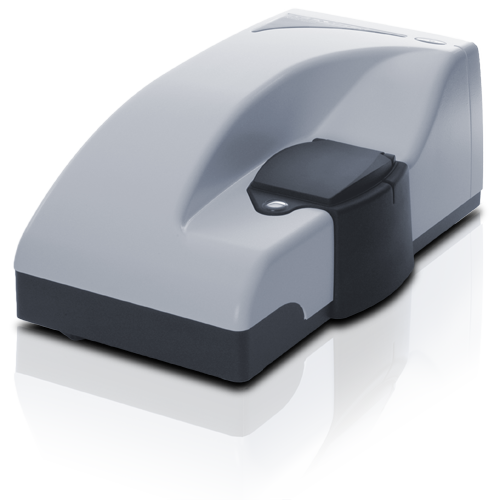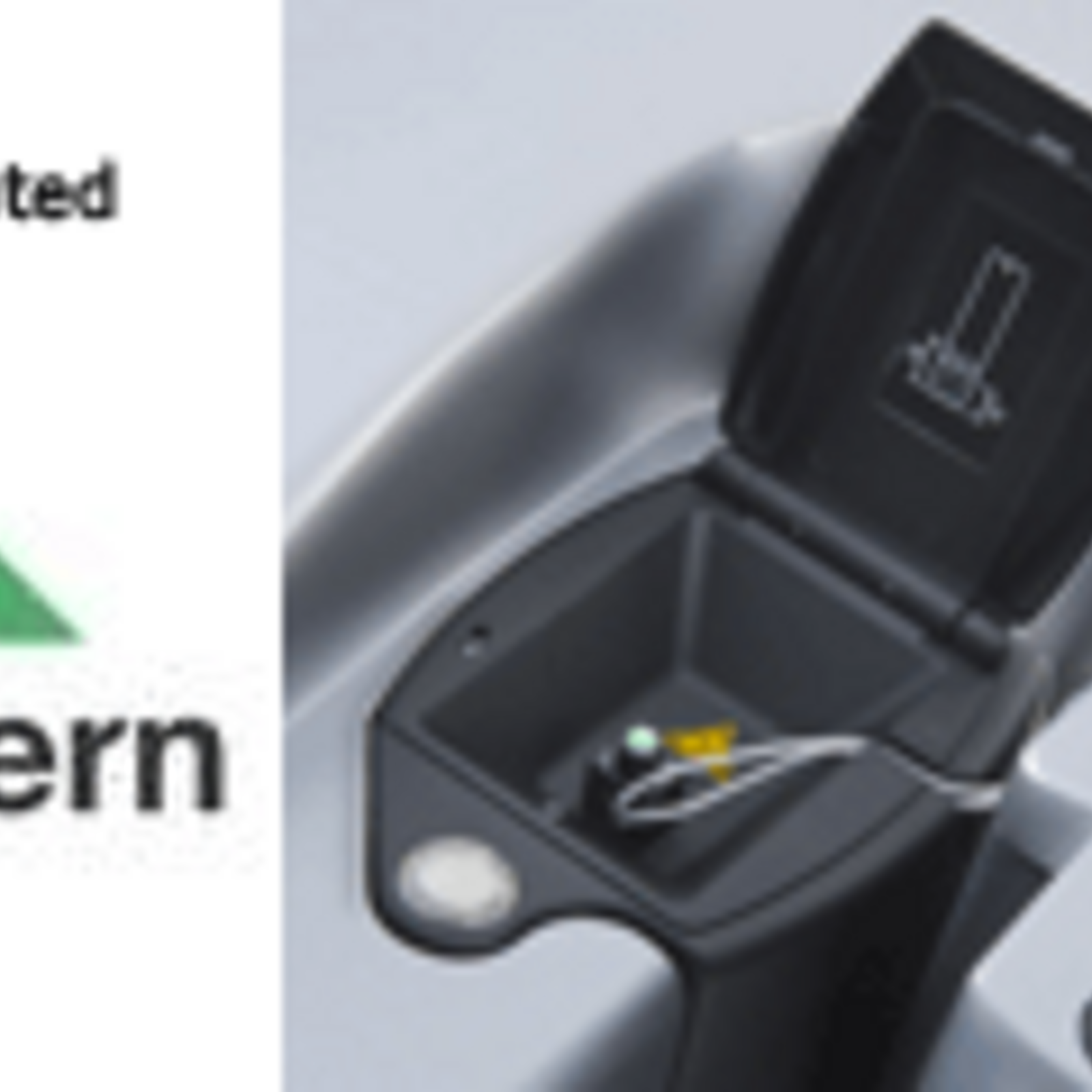
- DLS MALVERN ZETASIZER SUPPORTING INFORMATION PDF
- DLS MALVERN ZETASIZER SUPPORTING INFORMATION GENERATOR
The non-treated cells used as the negative control showed no change in cell viability. In the presence of the Au NPs, rapid death of the HepG2 liver cancer cells in vitro was observed after the application of 13 MHz RF for 8 min. Distilled water ( 95%, by conventional cell viability assay procedures. HAuCl4⋅3H2O, sodium citrate tribasic dehydrate, and other chemicals were purchased from Sigma-Aldrich and used without purification. Specific response of the Au NPs resulted in an increase in temperature sufficient to induce thermal cell death in vitro. We tested our Au NPs in a mediated electric-hyperthermia system using high RF (13 MHz) in a hepatocellular carcinoma cell line (HepG2). Existing methods of Au NP preparation use seed nanoparticles, with a conducted seed-growth tactic reaction after Au ion addition, to increase the Au NP size under dilute conditions (few nM).7 Furthermore, this environment-friendly method allows for control of the Au NP size and potential one-pot scale-up by increasing Au NP concentrations up to ~10 nM. We now report the preparation of Au NPs using an electro-reduction method without toxic chemicals (such as strong reducing agents). reported that Au NP colloids generate heat in excess of 50 ☌ when subjected to RF radiation, which suggests their potential use in RF ablation to induce selective tumor cell death.5 However, toxic chemicals such as strong reducing agents are often used in the synthesis of Au NPs and are often difficult to remove this is a potential drawback in the use of Au NPs.6

Ideally the NPs should be responsive to specific RFs, which do not induce electric vibration of metal ions present in healthy cells, and naturally possess biocompatibility. Therefore, due to insufficient ablation, tumor recurrence often occurs, whereas excessive ablation may result in collateral damage to normal tissues and the adjacent organs.4 Recently, several research groups have en-deavored to overcome these problems by using a combi-nation of RF ablation and nanoparticles (NPs). Although the RF electrode is positioned into the target tumor, the range of heating cannot be controlled, and thermal damage occurs in both tumor cells and healthy cells sur-rounding the electrode. However, RF ablation is a relatively non-specific treat-ment. To induce cellular death via coagu-lation necrosis, the ideal temperature to be achieved during RF ablation ranges from 50 to 60 ☌.3 This process creates a localized area of heating through electric vibration of metal ions in the tumor cells. Radiofrequency (RF) ablation is currently the most popular and widely used thermal therapy for the treatment of various solid tumors.1,2 In this treatment, a needle-type electrode is inserted directly into the targeted tumor to deliver an RF (375–500 kHz) alternating current.
DLS MALVERN ZETASIZER SUPPORTING INFORMATION PDF
Copy Citation PDF KSCI KPUBS JATS XML HTML (Department of Radiology, Seoul National University Bundang Hospital, College of Medicine) A crystal cooling workbench is located directly adjacent to the XtalLAB Synergy unit with a microscope, cryo-tools, dewars and other tools necessary for successful flash-cooling of crystals.(Laboratory of Nano-bio Materials Chemistry, Department of Applied Bioscience, College of Life Science, CHA University)

An additional computer workstation running HKL2000 for processing syncrotron data is available. The XtalLAB Synergy is controlled at a computer workstation running CrysAlis Pro. Samples are kept cooled with an Oxford Cryosystems Cryonozzle and mounted on a universal goniometer, allowing samples to move at 10 degress per second and rotate around 3 axis with the detector rotation providing an additional axis. Data is recorded in shutterless mode on a HyPix-6000HE hybrid photon counting detector with a distance range of 30-250 mm and telescoping 2Theta arm.
DLS MALVERN ZETASIZER SUPPORTING INFORMATION GENERATOR
The X-ray diffraction data collection suite, which supports three investigators and their collaborators, consists of a Rigaku XtaLAB Synergy-R utilizing a PhotonJet-R Copper rotating anode generator with integrated VHF-style optics and divergence slit.


 0 kommentar(er)
0 kommentar(er)
